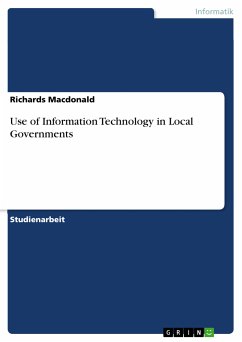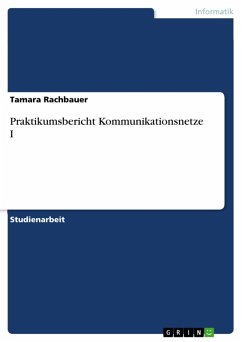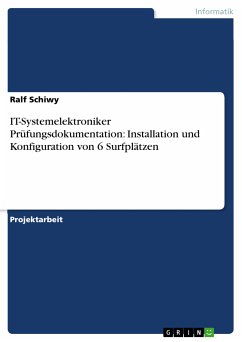
Use of Information Technology in Local Governments (eBook, PDF)

PAYBACK Punkte
0 °P sammeln!
Studienarbeit aus dem Jahr 2010 im Fachbereich Informatik - Sonstiges, , Sprache: Deutsch, Abstract: Nowadays, local and state government use of information technology has been manifested in several independent systems, each one satisfying one specific program need or supporting one business function. As a result of this, a large and rapidly growing number of individual systems are employed for government-to-government (G2G) business across local and state levels. Furthermore, this multiplicity of systems of often said to be a significant impediment to effective work. Additionally, it is also ...
Studienarbeit aus dem Jahr 2010 im Fachbereich Informatik - Sonstiges, , Sprache: Deutsch, Abstract: Nowadays, local and state government use of information technology has been manifested in several independent systems, each one satisfying one specific program need or supporting one business function. As a result of this, a large and rapidly growing number of individual systems are employed for government-to-government (G2G) business across local and state levels. Furthermore, this multiplicity of systems of often said to be a significant impediment to effective work. Additionally, it is also a strain from the financial perspective since many systems need their own software, hardware, office space, security, as well as business rules (Stenberg & Austin 2007) (Kim & Bretschneider 2006). Therefore, in order to enable smooth performance of business functions on every system, local government personnel and officials are required to sign in and sign out when they use each system, demanding several log ins and passwords. Typically, data which is entered into one system cannot be used by other systems. Enormous number of duplicate requests for information are made and granted as independent individual organizations reply to uncoordinated requirements and requests, thereby posing a significant burden on the functioning and work processes of both local governments and state agencies and implies higher than required costs of every individual (Augustsan 2001). As a solution to this bottleneck, the New York State-Local Internet Gateway Prototype was developed for testing an alternative strategy to this present way of working. The main objective of this Prototype was to determine, demonstrate, and measure the key factors that are associated with a single point of contact to enable G2G work amongst local and state governments.
Dieser Download kann aus rechtlichen Gründen nur mit Rechnungsadresse in A, B, BG, CY, CZ, D, DK, EW, E, FIN, F, GR, HR, H, IRL, I, LT, L, LR, M, NL, PL, P, R, S, SLO, SK ausgeliefert werden.













